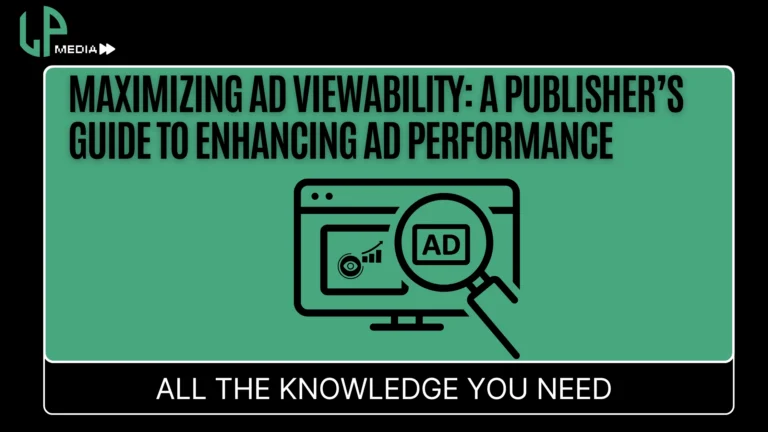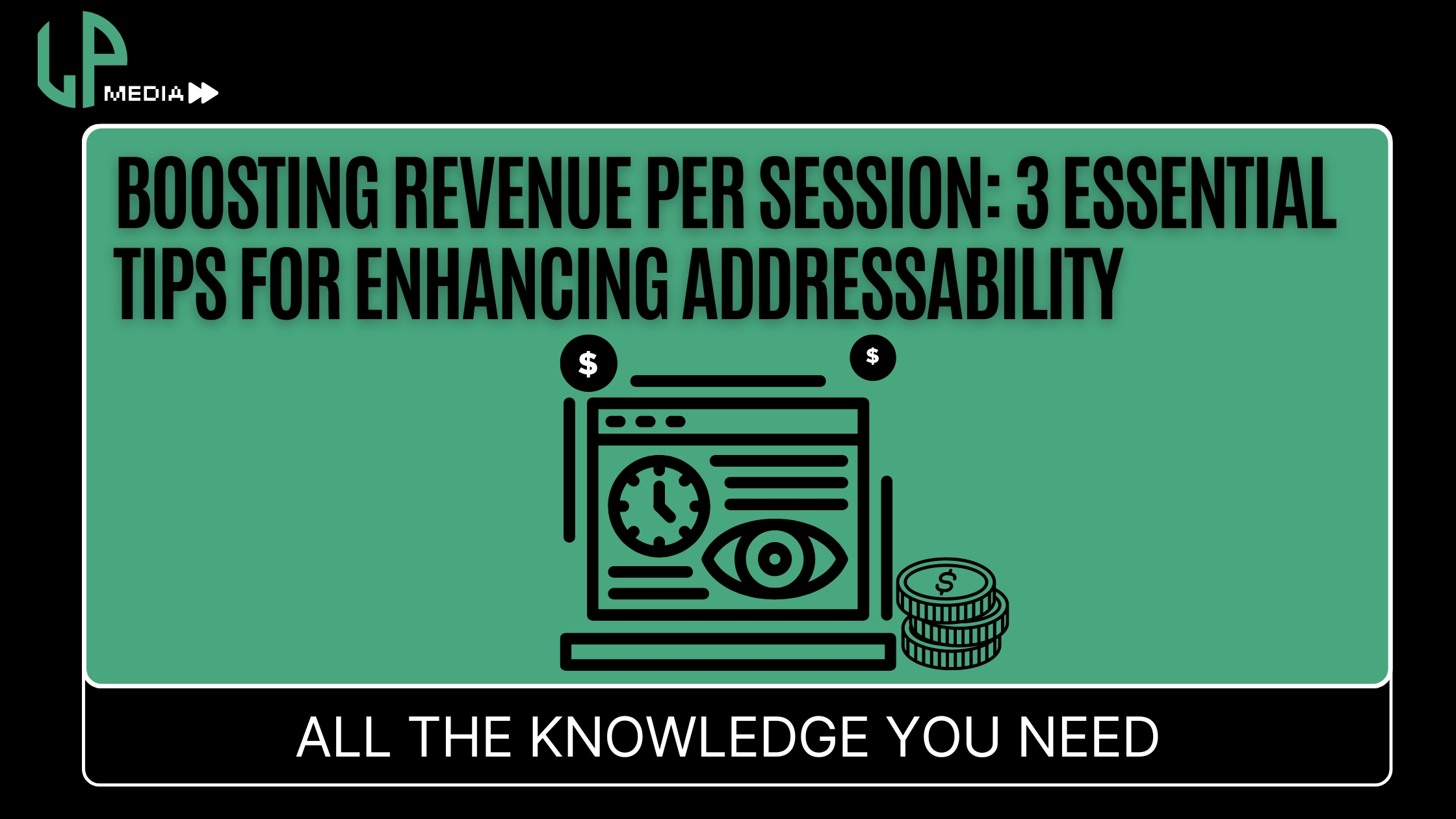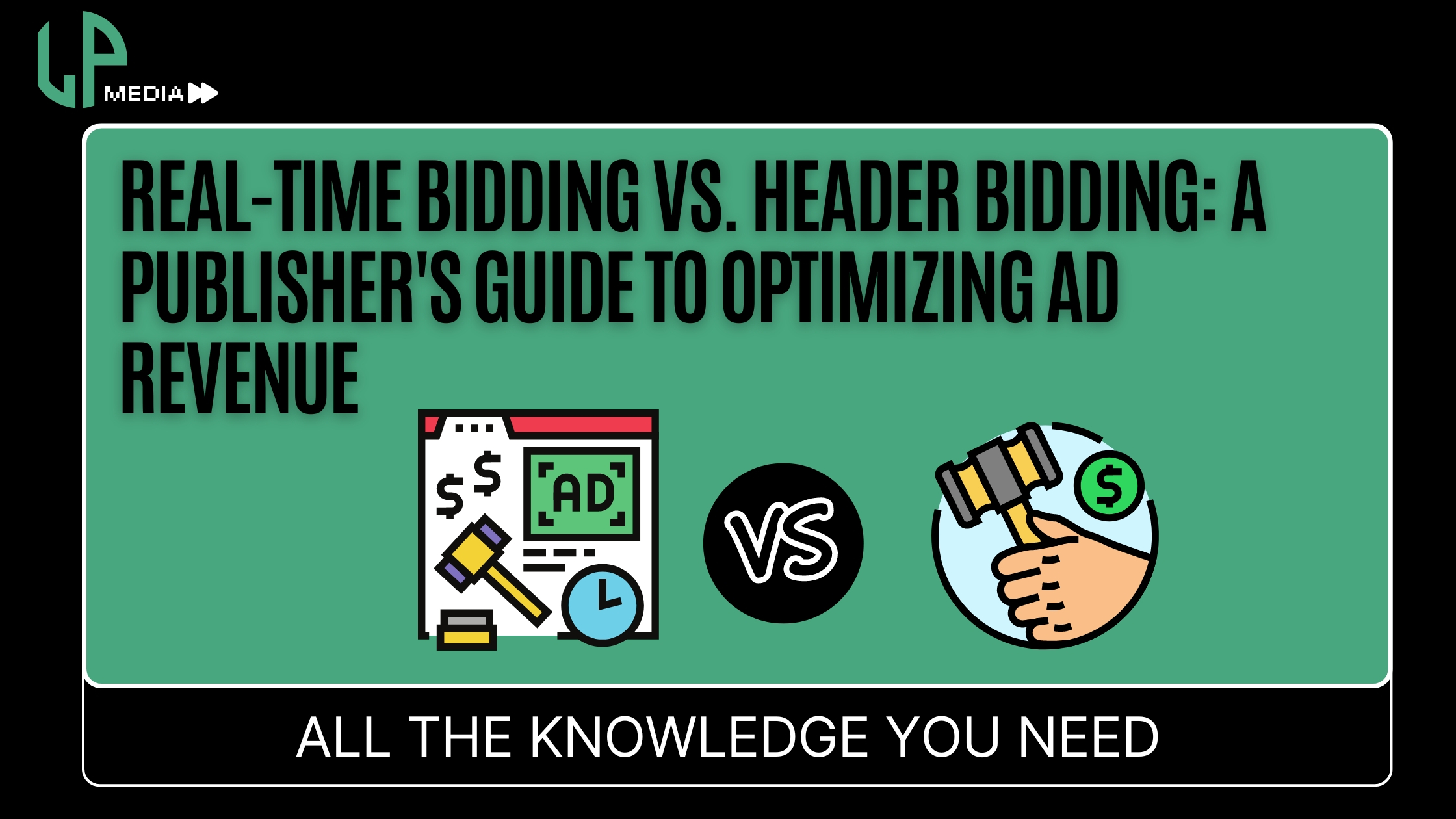In the ever-evolving world of digital advertising, programmatic advertising has become a cornerstone for marketers looking to maximize their reach and efficiency. But navigating the various types of programmatic deals can be daunting. Each type offers unique advantages and is suited for different campaign goals and strategies. In this guide, we’ll break down the four main types of programmatic deals to help you understand which might be best for your needs.
1. Open Auction (Real-Time Bidding – RTB)
Overview: Open Auction, often referred to as Real-Time Bidding (RTB), is the most common and widely used type of programmatic advertising. It involves an open marketplace where inventory is available to all advertisers.
How It Works: Advertisers bid in real-time for ad impressions, with the highest bid winning the ad placement. This process happens in milliseconds and allows for dynamic pricing based on demand.
Pros:
- Wide Reach: Access to a vast inventory across numerous publishers.
- Cost-Effective: Competitive bidding can lead to lower prices.
- Flexibility: Suitable for various campaign sizes and budgets.
Cons:
- Lack of Control: Less transparency over where ads will be displayed.
- Quality Concerns: Risk of appearing on lower-quality sites.
Best For: Brands looking to maximize their reach and are comfortable with some level of unpredictability regarding ad placements.
2. Private Marketplace (PMP)
Overview: A Private Marketplace (PMP) is an invite-only auction where selected advertisers can bid on premium inventory from specific publishers.
How It Works: Publishers invite a select group of advertisers to bid on their inventory. These auctions are not open to the general public, ensuring a higher quality of placements.
Pros:
- Premium Inventory: Access to higher-quality sites and ad placements.
- Control: Greater transparency and control over where ads appear.
- Brand Safety: Reduced risk of ads appearing on low-quality or inappropriate sites.
Cons:
- Higher Costs: Premium inventory often comes with higher price tags.
- Limited Reach: Smaller pool of available inventory compared to open auctions.
Best For: Brands prioritizing quality and brand safety over reach and are willing to pay a premium for better placements.
3. Preferred Deals
Overview: Preferred Deals, also known as private access or unreserved fixed-rate deals, allow advertisers to purchase inventory at a fixed price before it goes to an open auction.
How It Works: Publishers offer inventory to advertisers at a pre-negotiated fixed CPM (cost per thousand impressions). Advertisers have the first right of refusal before the inventory is made available in the open auction.
Pros:
- Fixed Pricing: Predictable costs with no bidding involved.
- Early Access: Opportunity to secure premium inventory before it hits the open market.
- Transparency: Clear understanding of where ads will be placed.
Cons:
- Less Flexibility: Fixed prices might be higher than competitive bids in an open auction.
- Limited Inventory: Access to inventory can be constrained by publisher agreements.
Best For: Advertisers seeking predictability in costs and placements, and those looking to secure high-quality inventory without the uncertainty of auctions.
4. Programmatic Guaranteed (Automated Guaranteed)
Overview: Programmatic Guaranteed, also known as Automated Guaranteed or Programmatic Direct, involves direct deals between advertisers and publishers with guaranteed impressions at a fixed price.
How It Works: Advertisers and publishers negotiate a deal directly, ensuring a specified number of impressions at a fixed CPM. This type of deal bypasses the auction process entirely.
Pros:
- Guaranteed Inventory: Assurance of ad delivery as per the agreed terms.
- Fixed Pricing: Predictable and transparent pricing structure.
- High Quality: Direct access to premium publisher inventory.
Cons:
- Less Flexibility: Requires commitment to specific terms and conditions.
- Potentially Higher Costs: Fixed prices may not be as competitive as auction-based deals.
Best For: Brands with specific campaign goals and budgets looking for guaranteed delivery and premium inventory, especially for high-stakes campaigns.
Comparison Table
| Feature | Open Auction (RTB) | Private Marketplace (PMP) | Preferred Deals | Programmatic Guaranteed |
|---|---|---|---|---|
| Inventory Access | Vast, open to all | Limited, invite-only | Limited, fixed rate | Guaranteed, direct deal |
| Cost | Variable, based on bids | Higher, premium inventory | Fixed price | Fixed price |
| Control | Low | High | Medium | High |
| Quality | Variable | High | High | High |
| Transparency | Low | High | High | High |
| Brand Safety | Moderate | High | High | High |
| Best For | Broad reach, cost-conscious | Quality-focused, safety-aware | Predictability, premium access | Guaranteed delivery, high stakes |
Conclusion
Understanding the different types of programmatic deals is crucial for any digital marketer aiming to optimize their advertising strategy. Each type offers unique benefits and challenges, making it essential to align your choice with your campaign objectives, budget, and desired level of control over ad placements. Whether you prioritize reach, quality, predictability, or guaranteed impressions, there’s a programmatic deal type that fits your needs.
By leveraging the right programmatic deals, you can ensure your digital advertising efforts are both effective and efficient, driving better results for your brand.


